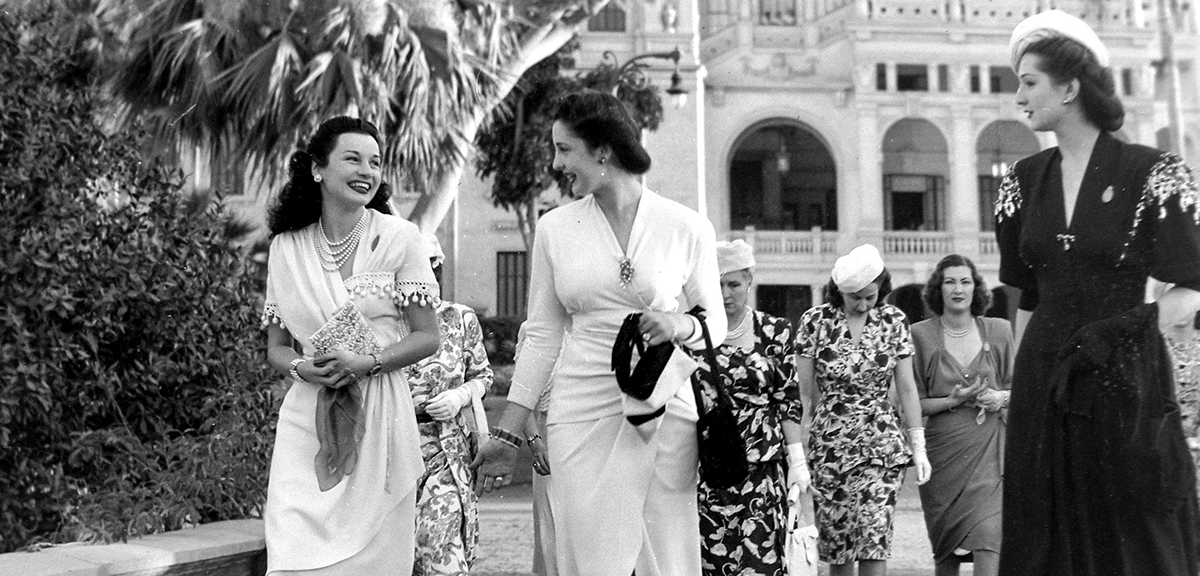What is White Arabic, and How it Contributes to Brand Identity?
The Arabic language is 2,500 years old. It comes second on the top 10 list of most difficult languages to learn worldwide. The direct runner-up to Mandarin (Standard Arabic) is the original language and probably the one on that list; there are over 25 other dialects of Arabic. That is the main reason why it is rare nowadays to find any native speakers in Arabic-speaking countries that actually speak (Standard Arabic).
If you ask any Arabic speaker if they know what White Arabic is, they will either think you mean white language, also known as (Modern Standard Arabic). It’s not, but the similarity surrounds the term with a sweet shade of mystique. White Arabic is a relatively new term used by the copywriting community. Although, if you are in marketing - Arabic marketing in particular - then knowing what this term means will give you an edge. It will open up a new realm of brand identity options that strengthen your branding game. We will get to how so later in this blog.
White Arabic refers to any content such as a website, caption, tagline, texts on visuals, or any other communication content written in the Egyptian dialect rather than (Standard Arabic). How are they different? Well, the Egyptians speak (Arabic slang). A dialect of Arabic with a flavor of English and French words. The substitution of some Arabic words happened due to the colonization of Egypt by France (1798-1801) and England (1882 to 1956). A little side info, but you are here to know why and how White Arabic can help you with brand identities and branding in general. So let us dive into that.
Egyptian dialect is a mix of multiple languages
The dynamic of the market today is different. The rules of the game changed when it comes to how brands speak to their consumers. White Arabic can help a brand identity when it comes to being progressive. The viewer, being used to a certain communication, now finds the brand speaking in a new way...their language. The shift makes it easier for them to connect with your brand. It makes your brand seem contemporary through actions rather than words. If your brand speaks to the youth the same way one of their friends would, it makes it easier to retain their attention. After all, saying I am cool will never be cool. But showing it subtly, by changing the tone of voice, will give the feeling without saying it. Beware, like anything else; White Arabic has a downside to it.
When instructing a copywriter to write in White Arabic, you add one more responsibility to your task list.
What is it? Well, now you have to make sure they stay on track. You just gave them the Green light to use slang. A double-edged sword. We have already covered why using White Arabic is good. The downside? If they get carried away using slang, the brand may come off as inexperienced or even offend some viewers. So you need to be extra careful that the content remains in that sweet spot without tilting toward danger.
So hand over the wheel of White Arabic to the copywriter, but it is up to you that they fully understand the direction they will drive. That way, you can ensure that you reach the destination your brand identity needs.
Buckle up and have a safe trip.



